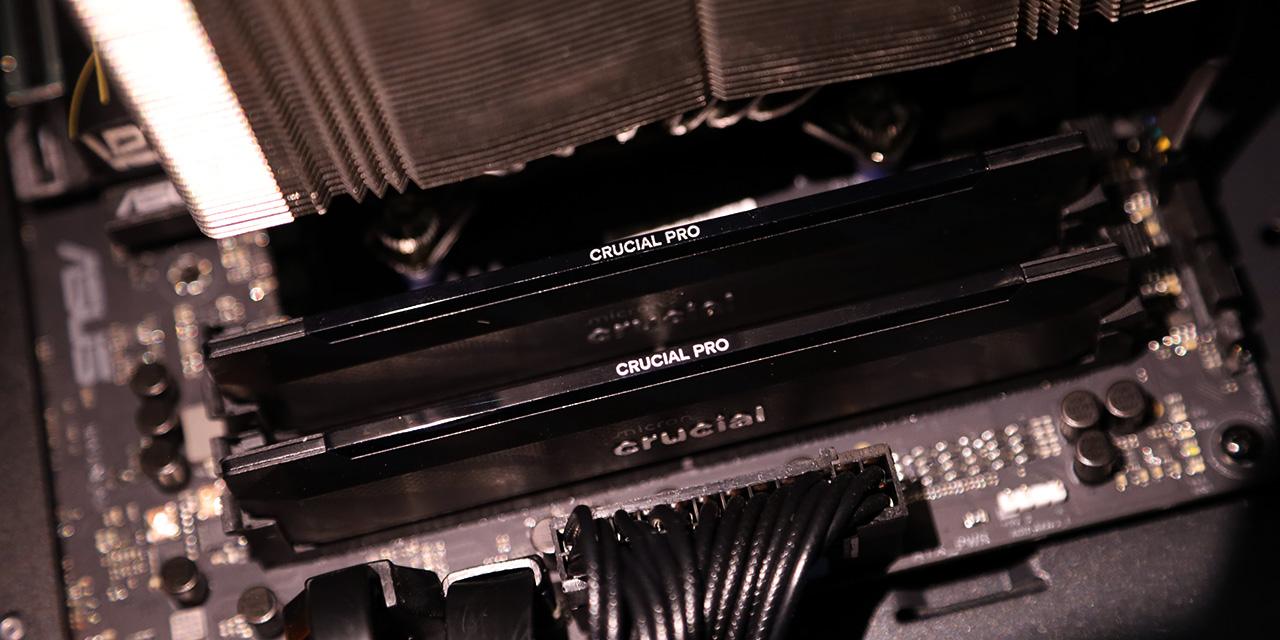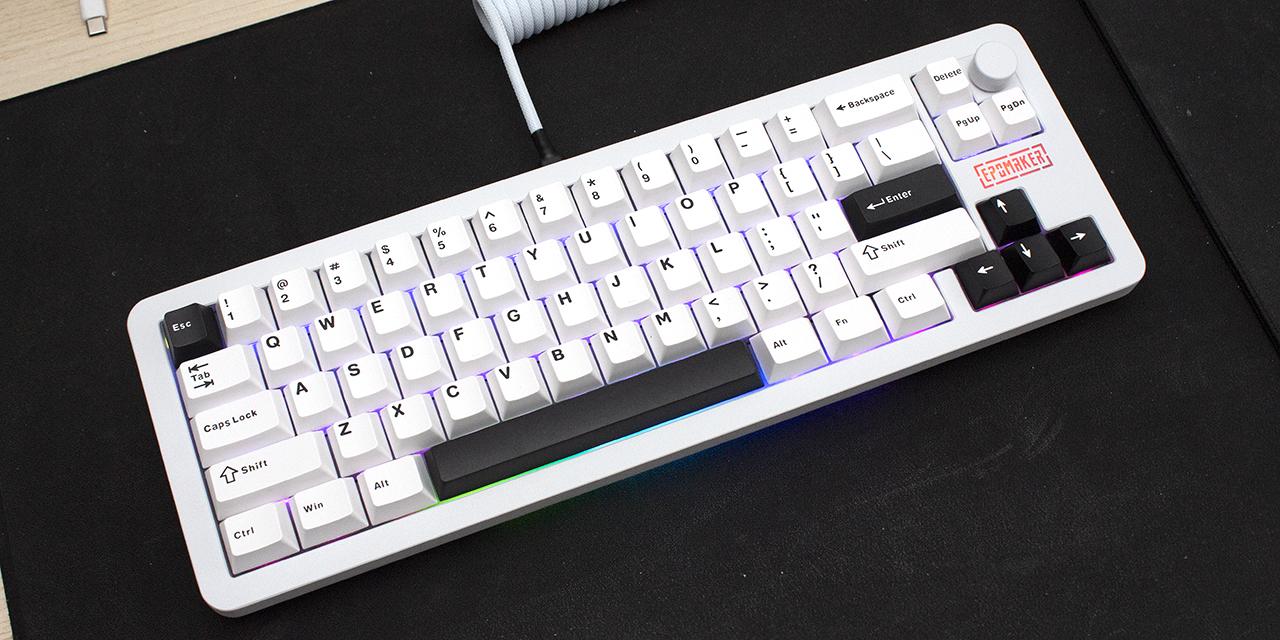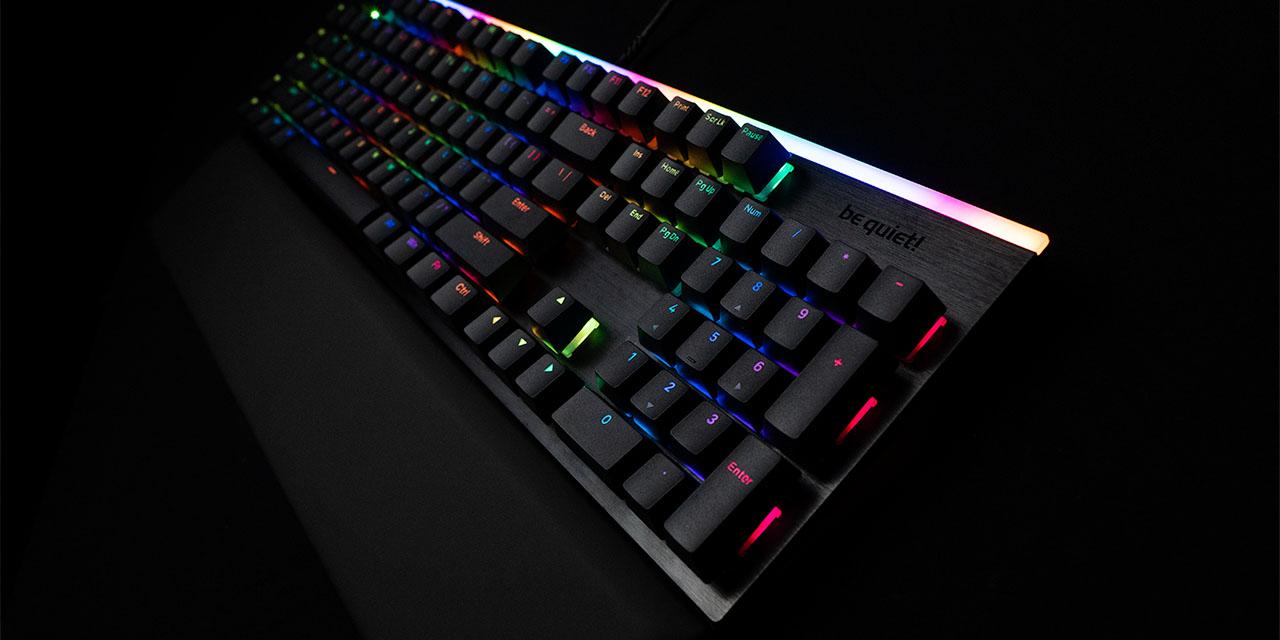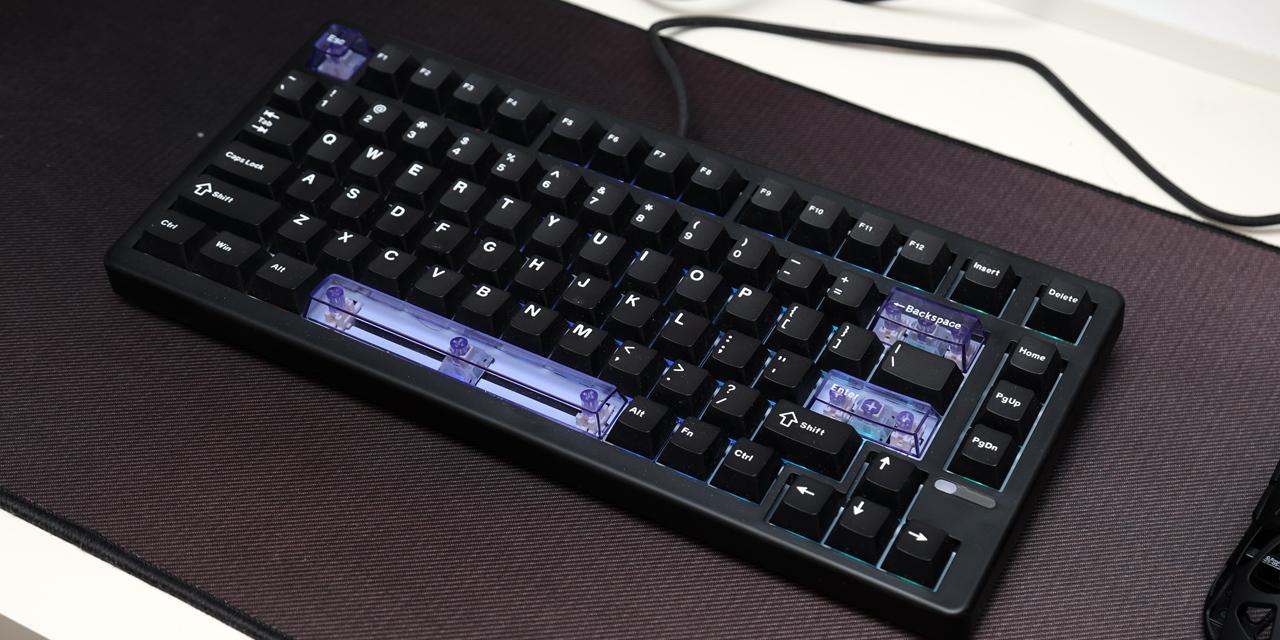From AnandTech: Kicking off CES 2019 with a surprisingly announcement-packed keynote session, NVIDIA this evening has announced the next member of the GeForce RTX video card family: the GeForce RTX 2060. The newest and now cheapest member of the RTX 20 series continues the cascade of Turing-architecture product releases towards cheaper and higher volume market segments. Designed to offer performance around the outgoing GeForce GTX 1070 Ti, the new card will hit the streets next week on January 15th, with prices starting at $349.
We don’t yet have top-to-bottom specifications for the card, but based on the information NVIDIA has released thus far, it looks like the GeForce RTX 2060 is based on a cut-down version of the TU106 GPU that’s already being used in the GeForce RTX 2070. This is notable because until now, NVIDIA has used a different GPU for each RTX card – TU102/2080TI, TU104/2080, TU106/2070 – making this the first such card in the family. It’s also a bit of a shift from the status quo for GeForce xx60 parts in general, which have traditionally always featured their own GPU, with NVIDIA going smaller to reduce costs.
In any case, let’s dive into the numbers. The GeForce RTX 2060 sports 1920 CUDA cores, meaning we’re looking at a 30 SM configuration, versus RTX 2070’s 36 SMs. As the core architecture of Turing is designed to scale with the number of SMs, this means that all of the core compute features are being scaled down similarly, so the 17% drop in SMs means a 17% drop in the RT Core count, a 17% drop in the tensor core count, a 17% drop in the texture unit count, a 17% drop in L0/L1 caches, etc.
Unsurprisingly, clockspeeds are going to be very close to NVIDIA’s other TU106 card, RTX 2070. The base clockspeed is down a bit to 1365MHz, but the boost clock is up a bit to 1680MHz. So on the whole, RTX 2060 is poised to deliver around 87% of the RTX 2070’s compute/RT/texture performance, which is an uncharacteristically small gap between a xx70 card and an xx60 card. In other words, the RTX 2060 is in a good position to punch above its weight in compute/shading performance.
View: Article @ Source Site





